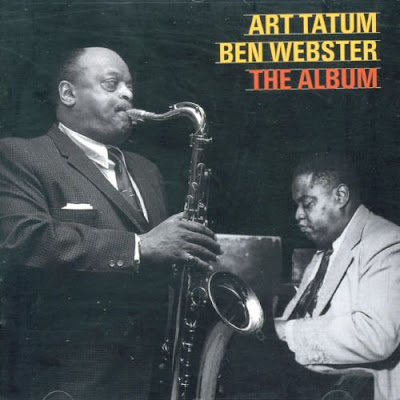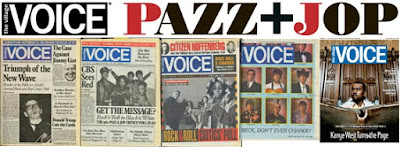
"On an October afternoon before the 2016 election, a huge banner was unfurled from the Manhattan Bridge in New York City: Vladimir V. Putin against a Russian-flag background, and the unlikely word 'Peacemaker' below. It was a daredevil happy birthday to the Russian president, who was turning 64. In November, shortly after Donald J. Trump eked out a victory that Moscow had worked to assist, an even bigger banner appeared, this time on the Arlington Memorial Bridge in Washington: the face of President Barack Obama and 'Goodbye Murderer' in big red letters. Police never identified who had hung the banners, but there were clues. The earliest promoters of the images on Twitter were American-sounding accounts, including @LeroyLovesUSA, later exposed as Russian fakes operated from St. Petersburg to influence American voters. The Kremlin, it appeared, had reached onto United States soil in New York and Washington. The banners may well have been intended as visual victory laps for the most effective foreign interference in an American election in history. For many Americans, the Trump-Russia story as it has been voluminously reported over the past two years is a confusing tangle of unfamiliar names and cyberjargon, further obscured by the shout-fest of partisan politics. ..."
NY Times (Video)
NY Times: A Timeline Showing the Full Scale of Russia’s - Unprecedented Interference in the 2016 Election, and Its Aftermath
NY Times: Collecting the Details of the Russia Investigation in One Place

Houston Chronicle: Russian online trolls organized a protest of an Islamic center in Houston in 2016. ("A Houston protest, organized by Russian trolls" - Feb. 20, 2018)
















































